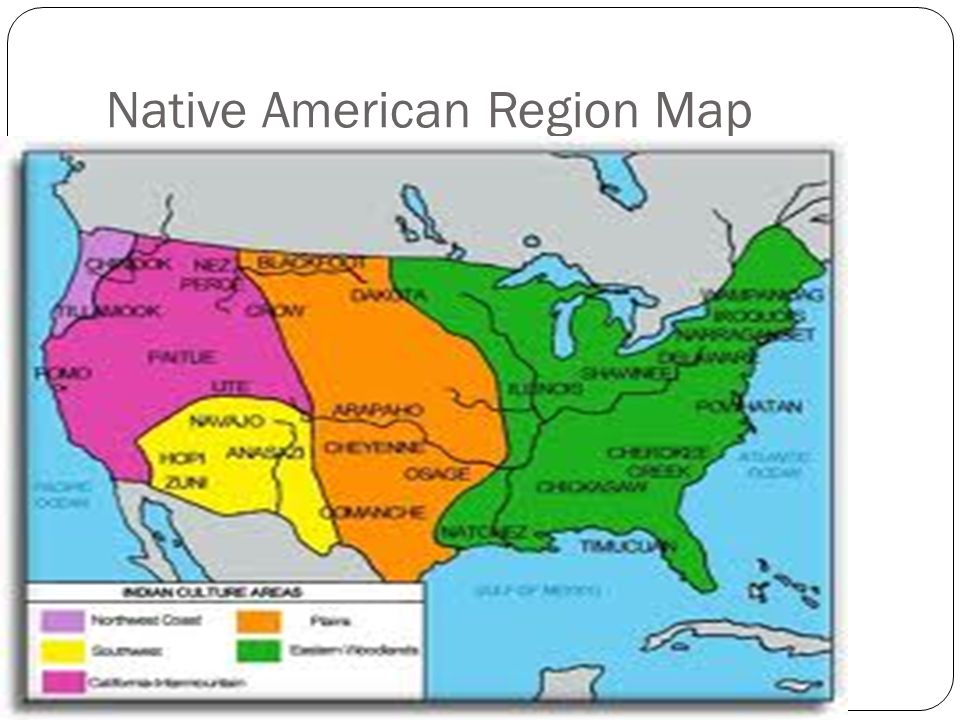
APUSH Unit 1 Review
Assessment
•
Christopher Cooper
•
History
•
11th Grade
•
112 plays
•
Medium
Improve your activity
Higher order questions
Match
•
Reorder
•
Categorization
.svg)
actions
Add similar questions
Add answer explanations
Translate quiz
Tag questions with standards
More options
30 questions
Show answers
1.
Multiple Choice
The treatment of the Native Americans by the Spanish conquistadors can be described as
leaving little of Spanish culture.
at times brutal and exploitative.
firm but fair.
scornful of intermarriage.
2.
Multiple Choice
The Christian crusaders were indirectly responsible for the discovery of America because they
were victorious over the Muslims.
returned with captured Muslim maps showing the North and South American continents.
succeeded in establishing improved business relations between Muslims and Christians.
brought back news of valuable Far Eastern spices, drugs, and silk.
3.
Multiple Choice
rural and poor
small in population, but sophisticated in infrastructure
large, wealthy, and sophisticated
large in geographical size, but sparsely populated
4.
Multiple Choice
They became rich from trading
They used modern technology to farm more land
Many died from disease, slavery, and war
They were able to use written language to become successful
5.
Multiple Choice
There were, likely, over 100 million natives in the Americas.
There were, likely, less than 10 million natives in the Americas.
There were significanlty more natives south of the current United States' border than north of it.
Slavbes had begun to arrive in S. America but not N. America.
6.
Multiple Choice
control of the Spanish colonies in the New World
naval dominance of the Atlantic Ocean and vibrant sense of nationalism
a stable social order and economy
effective control of the African slave trade

Explore this activity with a free account
Find a similar activity
Create activity tailored to your needs using
.svg)

Exploration
•
6th - 8th Grade

Exploration Test
•
8th Grade

Christopher Columbus
•
3rd - 4th Grade

European Exploration
•
10th Grade

Columbian Exchange
•
7th Grade

The Age of Exploration
•
7th - 10th Grade

Christopher Columbus
•
8th Grade

Road to Revolution
•
7th Grade
